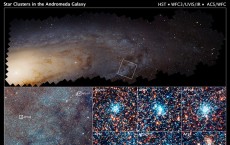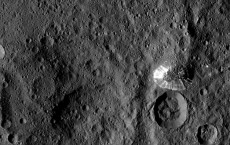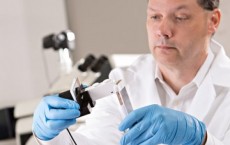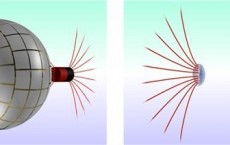
NASA's Hubble Space Telescope has revealed a bit more about star birth in a neighboring galaxy.

Why aren't there more lions? Scientists have long wondered this when looking at the proportion of predators to prey across Africa.

There may be a new way to clean millions of acres of land contaminated by explosives: plants. Biologists believe that they may be able to create a plant that can help "soak up" TNT with enhanced TNT tolerance.

Are you feeling down in the dumps? Or, as they say, a little "blue?"

A starfish-killing robot may be let loose on the Great Barrier Reef. Scientists have designed a robot to help tackle crown-of-thorns starfish that are posing a significant threat to coral.

NASA's Dawn spacecraft has beamed back the closest-yet views of Ceres. The new pictures reveal unprecedented details of Ceres' tall, conical mountain.

Cell phones can now be turned into a powerful, mobile microscope that can improve both malaria diagnoses and treatment in countries that sometimes lack the resources to address the disease.
For the first time ever, scientists have mapped all of the genes that are activated in the first few days of a fertilized human egg.

Scientists may have created a "wormhole" that connects two distant regions of space. They've managed to construct the first experimental "wormhole" that can connect two regions of space magnetically.

Scientists located neurons in the brain that influence whether we have one drink or two, and it could lead to a cure for alcoholism and other types of addictions.

Scientists have taken a closer look at the evolutionary history of the domestic dog and have found that ancient hybridization was key to the origins of the dog.

It turns out that seahorse dads may have a lot in common with human moms. Scientists have found that when it comes to breeding, seahorses share more in common with humans than previously thought.